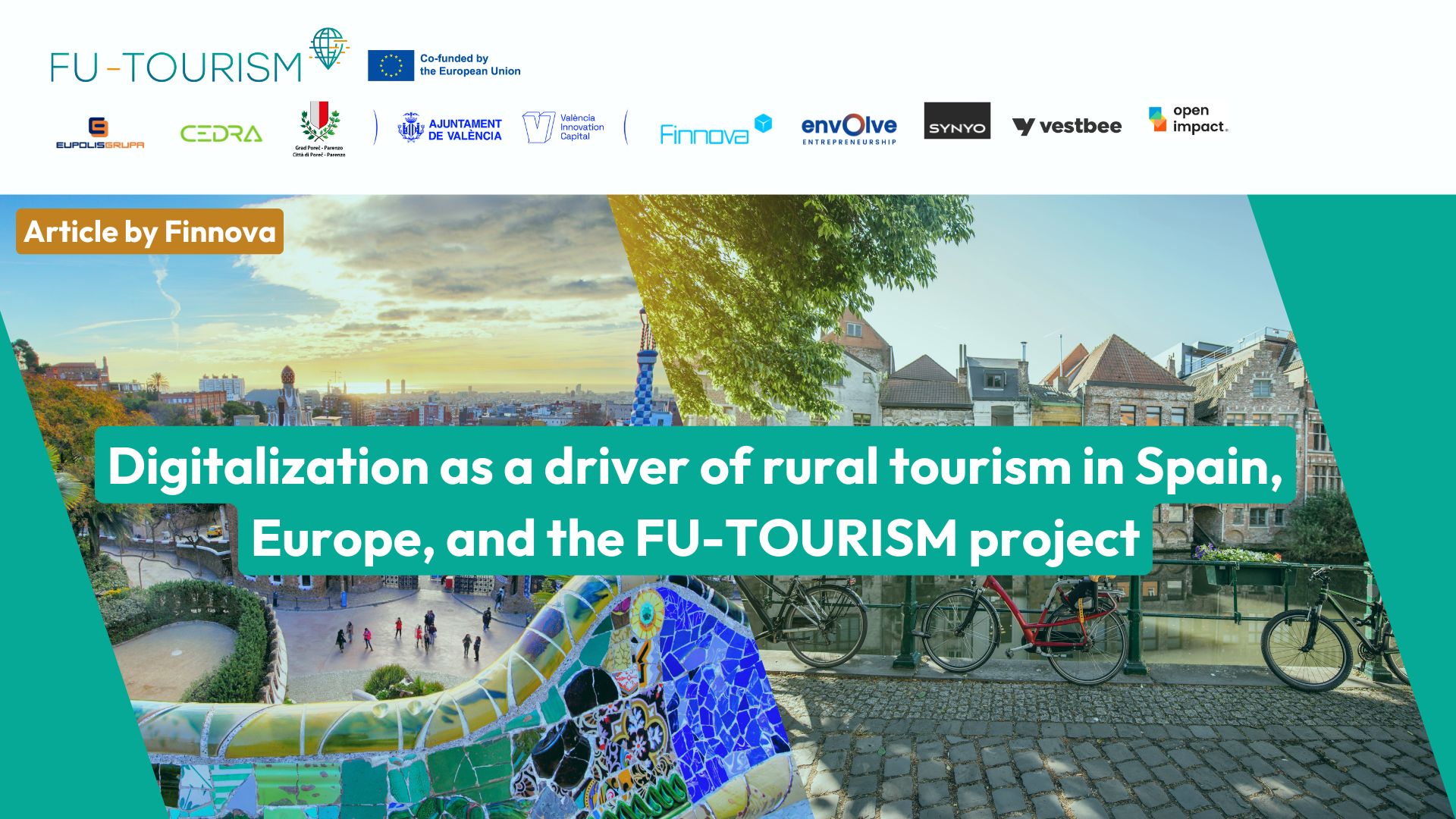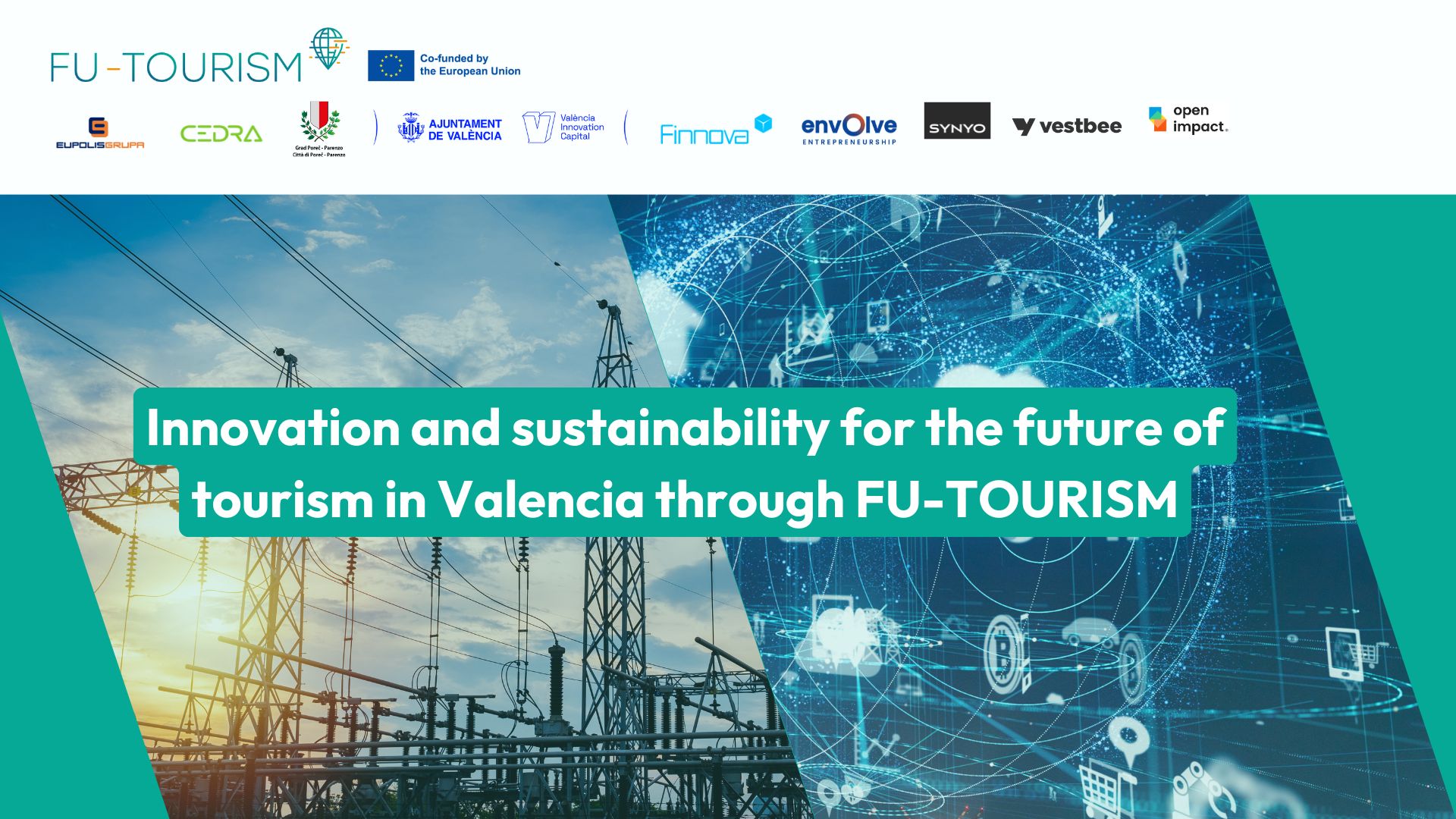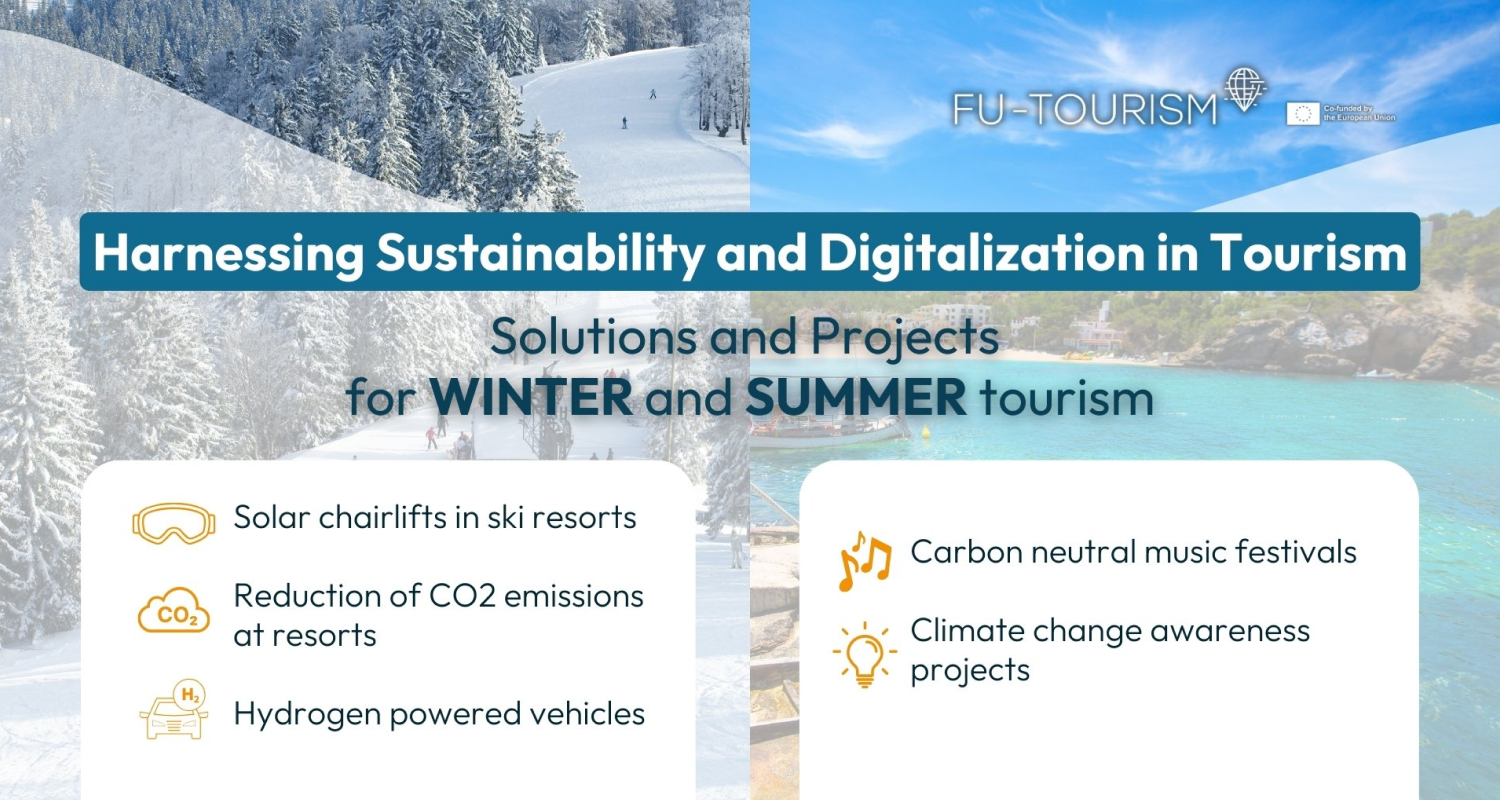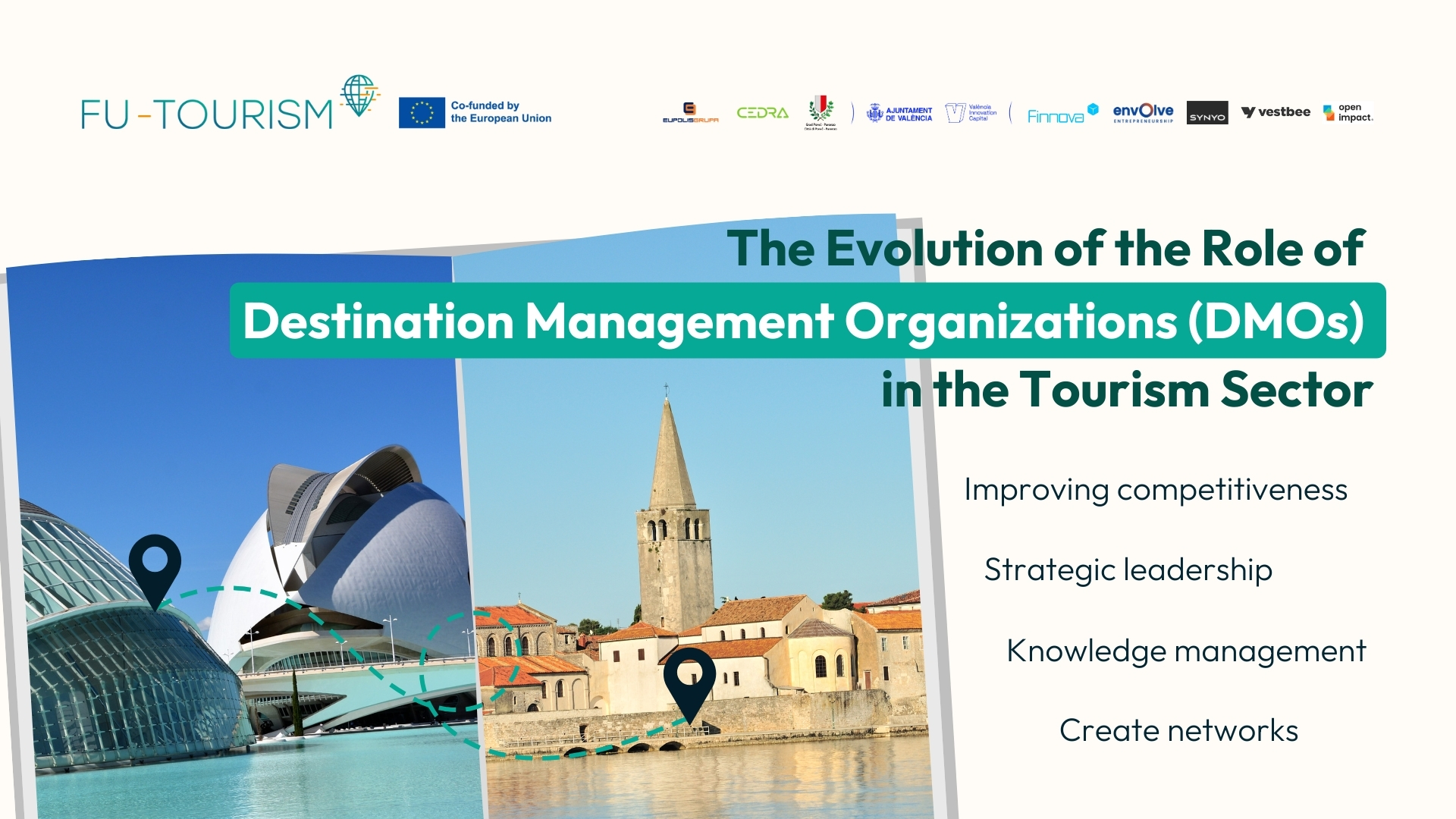
Digitalization as a driver of rural tourism in Spain, Europe, and the FU-TOURISM project
Rural tourism has experienced significant growth in recent years, establishing itself as a key driver of the economy in less populated regions. In Spain, the sector represents 15% of national tourism, with over 17,000 registered accommodations in 2023, according to the National Statistics Institute (INE). This segment generates more than €3 billion annually and plays a fundamental role in revitalizing rural communities. At the European level, rural tourism generates approximately €125 billion per year, with countries like France, Italy, Greece, and Belgium playing a crucial role in the development of this tourism model.
The FU-TOURISM project, involving active participation from Spain, Belgium, Poland, Croatia, Austria, and Greece, focuses on driving digitalization as an essential catalyst for consolidating this growth. Among its key objectives, the project aims to connect rural initiatives with digital tools to overcome structural challenges and enhance tourism in rural areas.
Rural tourism in numbers: Spain, Europe, Belgium, and the impact of FU-TOURISM
In Spain, regions such as Castilla y León, Asturias, and Andalusia account for 40% of rural tourism bookings. In 2023, 70% of rural tourists were domestic visitors, while 25% were international tourists, mainly from Germany, France, and the United Kingdom.
In Europe, France leads the sector, generating over €20 billion annually. Italy, with its focus on agriturismo, represents 18% of the country’s total tourism offering, attracting millions of visitors each year. Belgium has also seen steady growth in rural tourism, particularly in Wallonia, Flanders, and the Ardennes. According to Statbel, Belgium’s national statistics office, rural tourism in Belgium generated over €1.5 billion in 2023, accounting for approximately 8% of the country’s total tourism revenue.
This growth has been driven by the promotion of activities such as cycling tourism, hiking, and local gastronomy. In Belgium, 70% of rural accommodations are run by small family businesses, many of which have adopted digital tools to reach a broader audience. The country has successfully positioned itself in the rural tourism market, leveraging its rich history, diverse landscapes, and excellent transportation infrastructure.
Digitalization success stories in Belgium
Several successful digitalization initiatives in Belgium serve as models for other parts of Europe and the world. In Flanders, the Toerisme Vlaanderen tourism agency has developed a digital platform providing detailed information on all regional tourist destinations. The region is also known for its digitized cycling routes, offering extensive networked bike trails. Additionally, immersive experiences in castles and abbeys include virtual tours and augmented reality experiences, allowing visitors to explore historical sites in innovative ways. In Wallonia, the Wallonie Belgique Tourisme agency has launched a digital platform that allows visitors to discover the region’s highlights. The area also offers geolocated hiking routes via mobile apps, making it easier for tourists to navigate and explore nature. Additionally, a wide range of digital gastronomic experiences is available, including virtual beer tastings and online cooking workshops. At the national level, digitalization has expanded into agritourism, with youth hostels, thematic routes, and rural accommodations integrating digital solutions such as websites and social media marketing to enhance their visibility and accessibility.
Digitalization: A transformational force for rural tourism
Digitalization has transformed how travelers choose their destinations. According to the World Tourism Organization (UNWTO), 78% of tourists use digital platforms to plan their rural trips, and 55% book online. However, in rural areas, digital technology adoption remains uneven. In Spain, for instance, 30% of rural accommodations do not have their own website, and only 20% use advanced data analytics tools.
Last-mile resources: Key to closing the digital divide
Last-mile infrastructure, including fiber optic networks, 5G coverage, and public Wi-Fi access, is crucial for the digitalization of rural tourism. In Spain, rural internet coverage reaches only 65%, whereas in Estonia, it exceeds 89%. Greece has made significant progress through EU-funded projects, achieving 70% rural coverage in 2023.
Beyond connectivity, the development of digital tools specifically designed for rural tourism is driving sector growth. Initiatives such as augmented reality cultural routes, mobile booking apps, and digital platforms for local product promotion have proven highly effective.
The future of rural tourism in the digital era
Digitalization not only enhances the competitiveness of rural tourism but also contributes to its sustainability. According to a European Commission study, every €10 million invested in rural digital infrastructure generates up to €2 million in additional tourism revenue.
In 2023, 60% of rural accommodations in Europe that adopted digital solutions reported an average 30% increase in bookings. Additionally, digital tools like data analytics and personalized experiences are attracting new generations of travelers, particularly millennials and Generation Z, who prioritize tech-driven, customized travel experiences.
Rural tourism has a promising future, but to reach its full potential, continued commitment to digitalization is essential. Initiatives such as FU-TOURISM aim to maximize the impact of digital technologies on the sector, ensuring its long-term success and sustainability.




